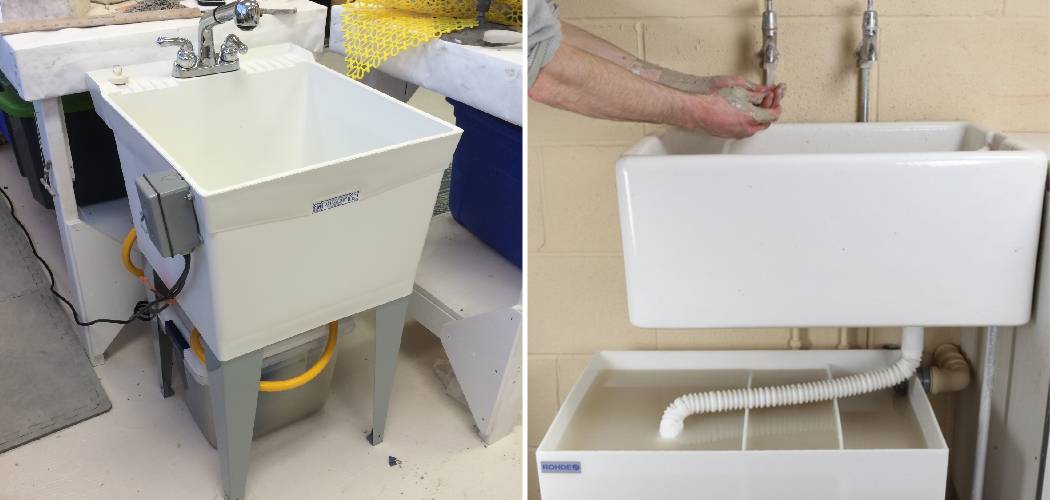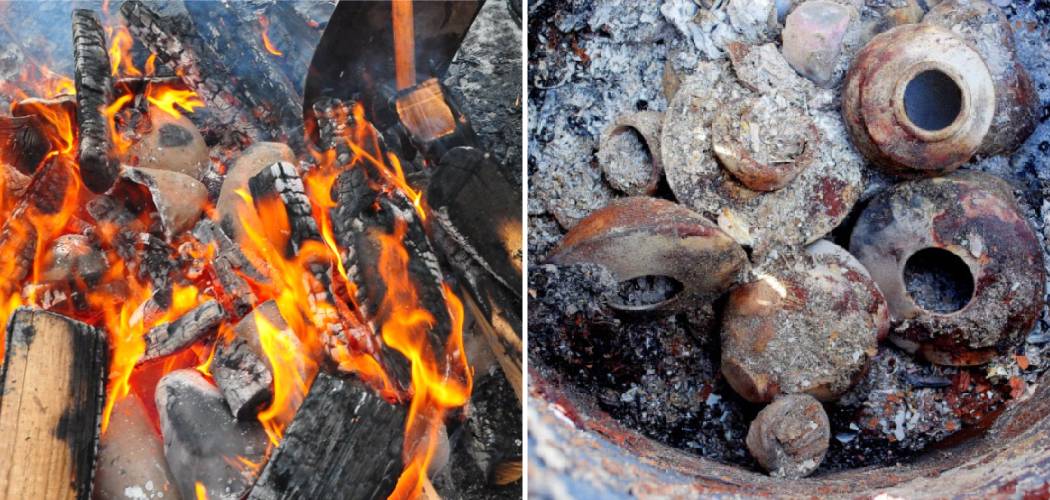In the quest for cozy outdoor gatherings without the nuisance of smoke, the concept of a smokeless fire pit has gained widespread appeal. Crafting a smokeless fire pit involves harnessing innovative design and technology to minimize or eliminate the production of irritating smoke while maintaining the warmth and ambiance of a traditional fire. In this article, we’ll explore how to make a smokeless fire pit, guiding you through various construction methods, fuel choices, and combustion techniques.
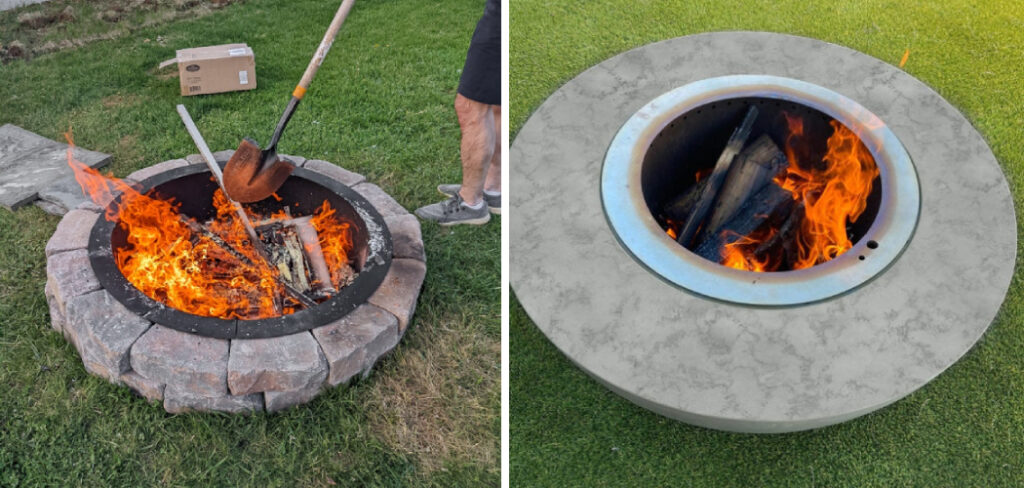
Whether you’re a backyard enthusiast seeking an upgrade to your outdoor living space or a camping aficionado yearning for a smoke-free campfire experience, creating a smokeless fire pit offers a solution that harmonizes the allure of an open flame with the comfort of a clear, breathable atmosphere. Join us as we delve into the practicalities of constructing your smokeless fire pit, enhancing your outdoor enjoyment without compromising on the magic of a crackling fire.
Table of Contents
Importance of Smokeless Fire Pits
Fire pits have become increasingly popular in recent years, not only for camping and outdoor activities but also as a way to add warmth and ambiance to backyard gatherings. However, traditional fire pits can produce large amounts of smoke, which can be irritating to the eyes and lungs, and may even pose a health risk. This has led to the development of smokeless fire pits as a more environmentally friendly and comfortable alternative.
Smokeless fire pits use innovative designs and technology to reduce or eliminate smoke production, making them not only more enjoyable for those gathered around the fire but also better for the environment. By learning how to make a smokeless fire pit, you can enjoy all the benefits of a traditional fire pit without the hassle and discomfort of dealing with smoke.
Modern Approaches to Smoke Reduction in Fire Pits
The traditional bonfire experience is often associated with a smoky atmosphere. However, advancements in technology and design have led to the development of smokeless fire pits that are both functional and aesthetically pleasing.
Smoke reduction in fire pits has become an important consideration for homeowners due to environmental concerns and health hazards associated with wood smoke. Additionally, many municipalities have strict regulations on outdoor burning, making smokeless fire pits a more practical option for backyard gatherings.
10 Methods How to Make a Smokeless Fire Pit
1. Choose the Right Location
The first step in making a smokeless fire pit is choosing the right location. Look for an area that is well-ventilated and away from any structures or overhanging trees. It’s also important to consider wind direction and make sure the fire pit is not too close to your camping or seating area.
2. Use a Raised Platform
One of the key elements in creating a smokeless fire pit is proper airflow. Using a raised platform, such as bricks or stones, can help to improve air circulation and reduce smoke. This platform should be at least a foot off the ground and provide enough space for air to pass through.
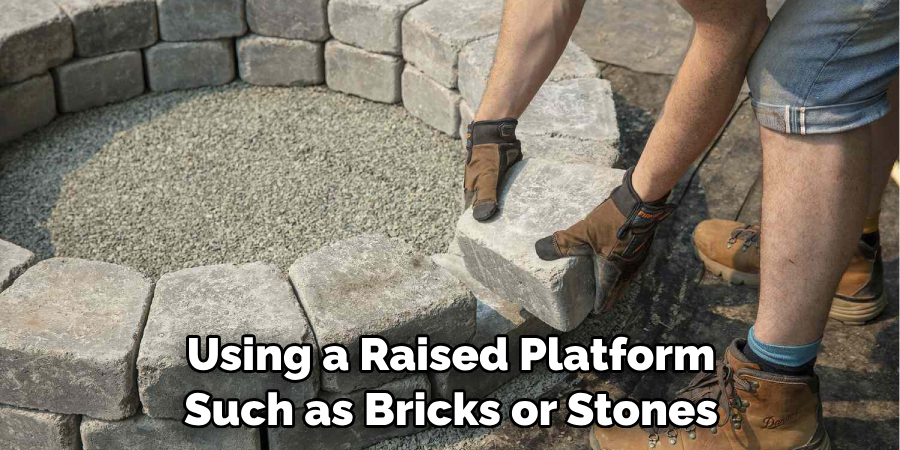
3. Use Dry Wood
Wet or damp wood can create more smoke when burned, so it’s important to use dry wood when building a fire pit. This will also help the fire burn more efficiently and produce less smoke. You can gather dry wood from fallen branches, or purchase it from a local supplier. Avoid using treated or painted wood as it may release harmful chemicals when burned.
4. Create a Base Layer of Rocks
Placing a layer of rocks at the bottom of your fire pit can help to elevate the wood and create better airflow. This will also help to prevent ash from smothering the fire and causing excess smoke. Choose rocks that are large enough to create a foundation but not too big that they will block the airflow. You can also add some sand at the bottom for extra drainage.
5. Build a Pyramid Shape
When stacking your wood, try building it in a pyramid shape rather than just piling it on top of each other. This allows for better air flow and helps the fire burn hotter with less smoke. It also creates a more aesthetically pleasing fire.
6. Add Charcoal
Adding charcoal to your fire pit can help to absorb excess moisture and reduce smoke production. Just be sure not to add too much as it can smother the flames. When adding charcoal, spread a thin layer evenly around the edges of your fire pit. You can also add wood chips or twigs on top to help ignite the charcoal and add more flavor to your smokeless fire pit.
7. Use Natural Kindling
Avoid using chemical-based starters or accelerants, as these can add harmful toxins to your fire and increase smoke production. Instead, opt for natural kindling such as twigs, leaves, or newspaper. These materials are easily accessible and will help get your fire started quickly.
8. Keep Flames Low
A big factor in creating a smokeless fire pit is keeping the flames low and steady rather than large and erratic. This allows for more complete combustion of fuel without producing excessive amounts of smoke. To achieve this, use smaller pieces of wood and place them closer together. This will also help to maintain a consistent temperature within the fire pit.
9. Avoid Stirring the Fire
While it may be tempting to stir the fire and add more wood, this can disrupt air flow and cause more smoke. Instead, let the fire burn steadily and add wood as needed. You can also make sure to add dry wood that will burn cleanly and efficiently, reducing the amount of smoke produced.

10. Clean Out Ash Regularly
Ash buildup can smother a fire and create more smoke, so it’s important to clean out any excess ash regularly. This will also help to maintain proper airflow for a smokeless fire pit. You can use a small shovel or fire pit tool to remove the ash. Make sure you wait until the ashes are completely cooled before removing them.
Installing Ventilation and Airflow Systems
To effectively make a smokeless fire pit, proper ventilation, and airflow are crucial elements to consider. Without them, the smoke from the fire will not have anywhere to escape, causing discomfort for you and your guests.
There are a few different options when it comes to installing ventilation and airflow systems for your smokeless fire pit. The most common method is through the use of a chimney or flue system. This involves creating a vertical shaft above the fire pit to allow the smoke to rise and dissipate into the air.
Another option is to use an underground ventilation system. This involves digging an underground tunnel that connects to the base of your fire pit, allowing smoke to pass through and be released at a safe distance away from your seating area.
This method requires more effort and planning but can be a great solution for those who do not want to obstruct their outdoor space with a chimney.
Whichever method you choose, it is important to ensure that the ventilation and airflow systems are properly installed and functioning. This may require the assistance of a professional, especially when dealing with underground tunnels or complex chimney designs.
Utilizing Double-Walled Construction for Airflow
One of the most popular methods for creating a smokeless fire pit is by utilizing double-walled construction. This involves creating two walls with a small gap between them, allowing air to flow in and out of the pit.
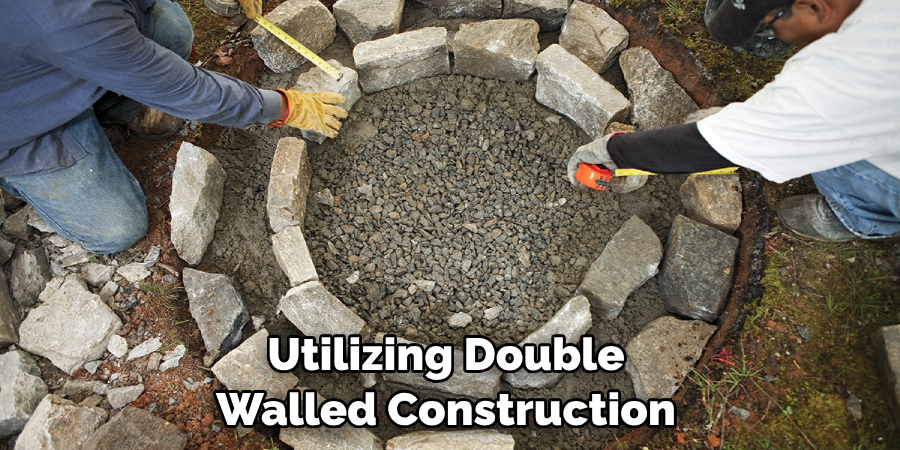
The key to this method is to carefully design the size and placement of the gap between the two walls. Too large of a gap may result in too much airflow, leading to a regular fire pit. Too small of a gap may not allow enough air to flow, resulting in a smoky fire.
By strategically placing the gaps and layering the walls with materials such as rocks or bricks, you can control the amount of airflow within your fire pit.
This method also has the added benefit of insulating heat, making it easier to control the temperature of your fire. Plus, it creates a more stable base for cooking over an open flame.
When constructing a double-walled smokeless fire pit, be sure to leave enough space for air to enter at the bottom and exit at the top. This will create a draft that pulls smoke up and out of the pit, resulting in a virtually smoke-free experience.
In addition to the airflow, it’s important to consider the materials used for construction. Non-combustible materials such as metal or stone are ideal for building a smokeless fire pit. They not only withstand heat better than other materials but also help with air circulation.
Selecting Grates with Air Circulation Features
Creating a smokeless fire pit involves more than just choosing the right materials. The design and placement of your fire pit also play a crucial role in ensuring that your fire produces minimal smoke. One key element to consider is the type of grate you use.
Traditional grates are designed with vertical bars, leaving small gaps between each bar for air to flow through. While these grates are effective in elevating your fire and allowing oxygen to reach the burning wood, they can also contribute to smoke production. As the gaps between bars become clogged with ash and debris, air circulation decreases and smoke increases.
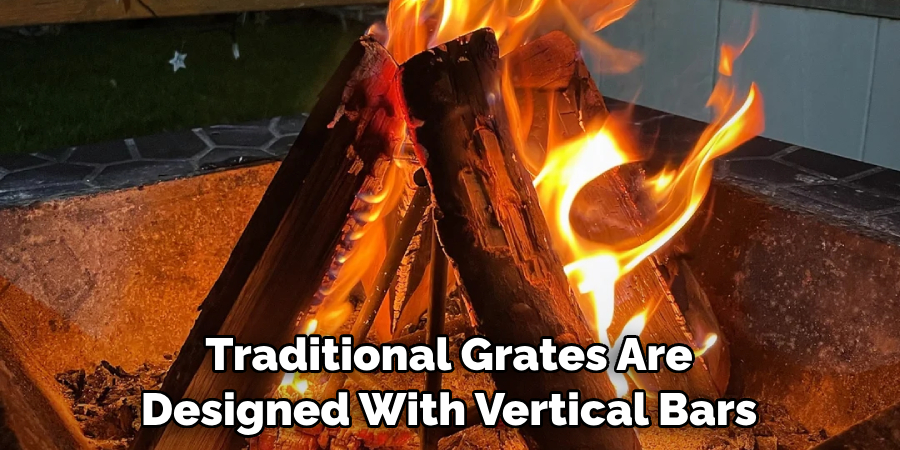
To combat this issue, consider selecting a grate with air circulation features. These grates have angled or curved bars that create a continuous flow of oxygen to the fire, resulting in a more efficient and cleaner burn. Some grates also have an opening at the front or back for added air intake.
In addition to promoting airflow, some grates also have a built-in ash catching feature. This can help prevent ash from accumulating on top of the burning wood, further reducing smoke production.
Monitoring Airflow and Adjusting Vents
After learning how to build a smokeless fire pit, the next important step is to know how to properly monitor and adjust airflow to maintain its smokeless feature. The key to achieving a nearly smoke-free fire is creating an efficient draw of air into the fire pit while controlling the oxygen supply.
To do this, you need to have proper ventilation in your fire pit design. This can be achieved by having a circular or square opening at the base of the pit, as well as small holes around the sides. The size and number of these openings will directly affect the amount of air that can enter and circulate within the fire pit.
Once your fire is lit, you need to pay close attention to how it burns. If there is too much smoke coming from the fire pit, it means that there is not enough oxygen getting to the fire. In this case, you can try adjusting the vents by partially closing them to restrict airflow and reduce smoke production.
On the other hand, if your fire seems to be burning too hot and producing too much heat, it means that there is an excess of oxygen in the fire pit. To reduce the intensity of the fire, you can open up the vents to allow more air in and regulate the temperature.
It is important to continuously monitor and adjust the airflow as needed to maintain a smokeless fire. As a general rule, it is better to start with less ventilation and gradually increase it until you find the perfect balance for your specific fire pit design.
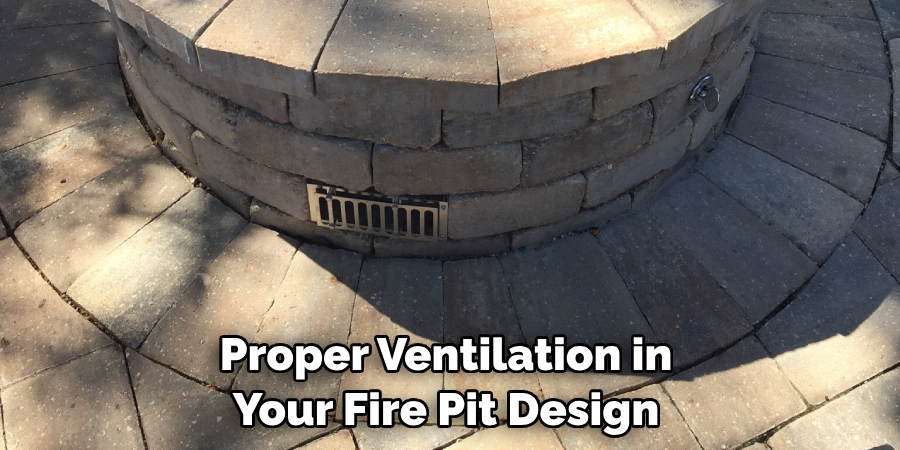
Conclusion
In conclusion, creating a smokeless fire pit is not only achievable but also environmentally friendly and cost-effective. By following these steps, you can have a beautiful fire without producing harmful smoke and reducing your carbon footprint. Remember to always prioritize safety and follow local regulations when building and using your fire pit.
With some creativity, you can even personalize your fire pit with unique designs and materials. So why not give it a try? Whether you want to enjoy cozy nights in your backyard or go camping with friends, a smokeless fire pit is the perfect addition for any outdoor activity. Thanks for reading, and we hope this has given you some inspiration on how to make a smokeless fire pit!

